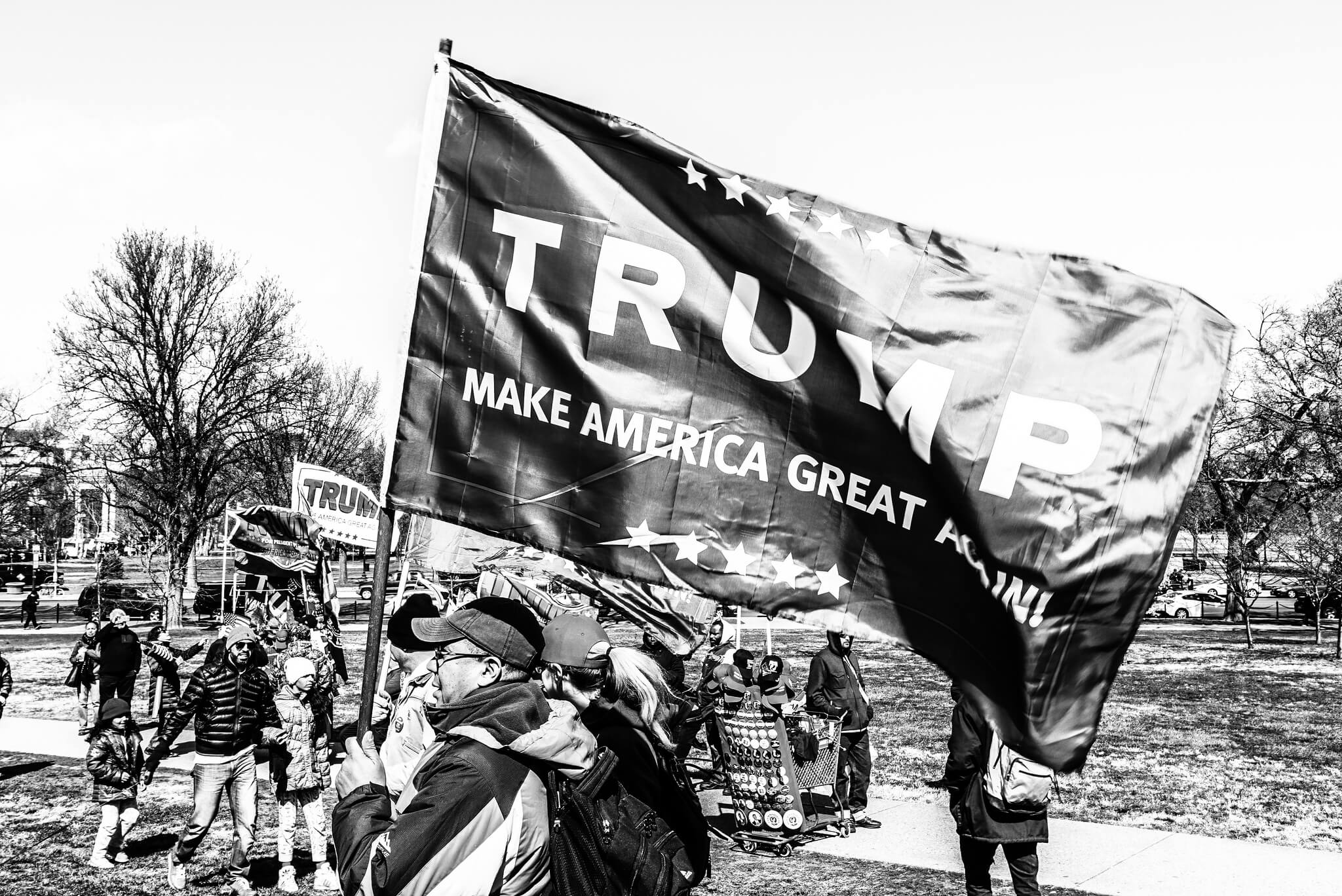The working class currently has remarkable visibility in US political culture. In defiance of a longstanding belief in America’s classlessness, even today’s sitting president publicly acknowledges America’s “working class.” However dramatically Donald Trump is breaking some political norms, though, the particular way he uses the phrase working class is completely consistent with trends that have been emerging within mainstream US politics for decades. “The Strange Career of “the Working Class’” reveals those trends by tracking the use of the term working class, especially in the New York Times, since the 1950s.
When I began this research, I imagined the phrase working class as a barometer of the strength of the Left in American politics. The more influential the Left, I thought, the more common the term working class would be in mainstream political discourse. I also imagined that any acknowledgement of a working class would benefit workers because when Americans recognized class differences they could develop policies that served workers’ unique interests.
My expectations were quite wrong. The increasing centrality of the term working class in US politics has mostly been a strategy for (1) denying the pervasiveness of racism in the US by locating it exclusively in the (white) working class; and (2) evoking pity toward a group of Americans devastated by and allegedly disappearing because of deindustrialization. Blame and pity, not beneficial policies, have often been the upshot of recognizing America’s working class.
Not the Left’s Working Class
While the term working class has been mainstreamed in US political culture since the 1970s—a surprising revelation—it has not been the Left’s working class. Those oppressing the working class have not generally been identified as employers, corporate interests, or capitalists who are off-shoring jobs, automating, or resisting unions. Sometimes, the oppressors have been real estate developers or gentrifiers driving workers out of their once-affordable neighborhoods. The property at issue here is not the means of production; it is housing. Trump’s variation on the theme in his 2019 State of the Union address pictured the threats to the “working class” as illegal immigrants and the political elites who support them. (See clip below) Capitalists remained entirely off the hook.
Above: In this clip from C-SPAN, Donald Trump in his state of the union uses the term working class as a signal for dividing.
Because those using the term working class have generally applied it only to white, native-born, blue-collar workers and ignored the workplace as a site of class conflict, its use has, if anything, alienated workers from each other and from the middle classes and elites who might otherwise serve as allies. The recognition of a working class does not necessarily benefit workers.
Feature image: Pro-Trump Rallies Washington, DC USA. Credit: Ted Eytan







